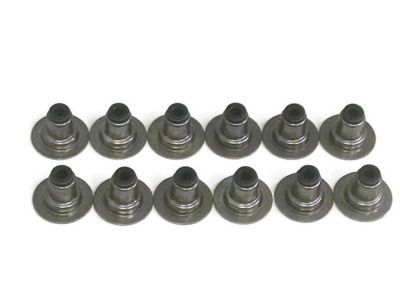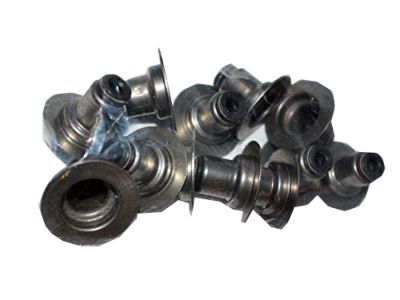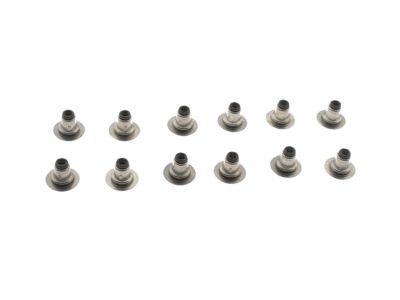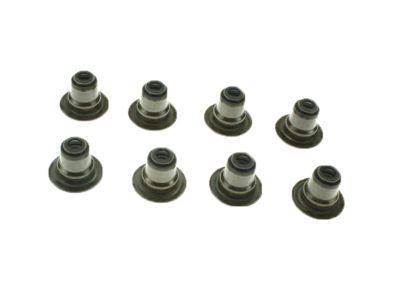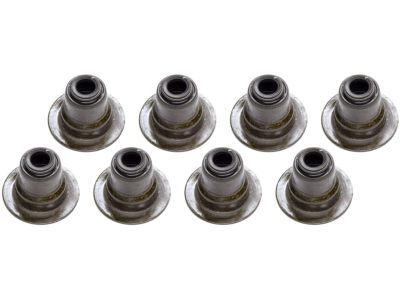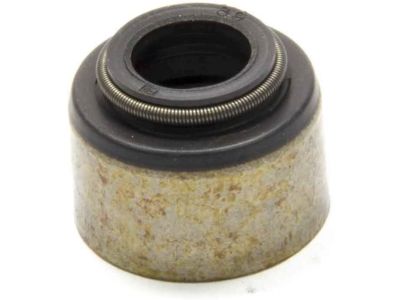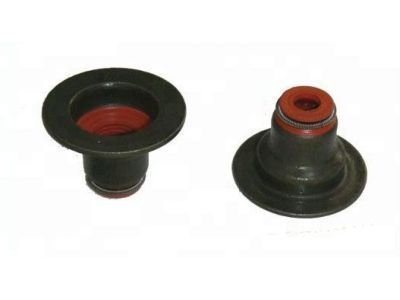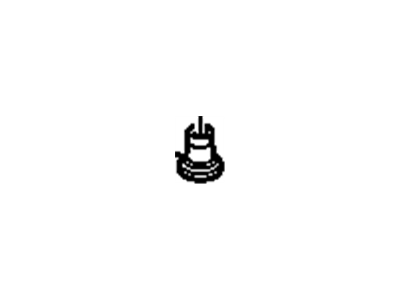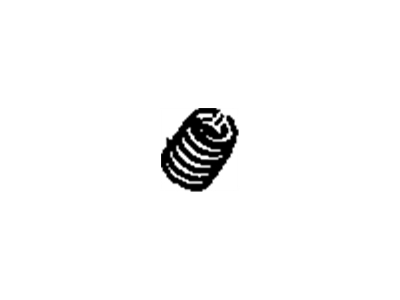
My Garage
My Account
Cart
Genuine Chevrolet Impala Valve Stem Oil Seal
Engine Valve Seal- Select Vehicle by Model
- Select Vehicle by VIN
Select Vehicle by Model
orMake
Model
Year
Select Vehicle by VIN
For the most accurate results, select vehicle by your VIN (Vehicle Identification Number).
15 Valve Stem Oil Seals found
Chevrolet Impala Seal Kit,Exhaust Valve Stem Oil
Part Number: 12482062$40.12 MSRP: $69.18You Save: $29.06 (43%)Ships in 1-3 Business DaysChevrolet Impala Seal, Exhaust Valve Stem Oil
Part Number: 12564852$12.60 MSRP: $15.33You Save: $2.73 (18%)Chevrolet Impala Seal Kit,Valve Stem Oil
Part Number: 19207664$29.95 MSRP: $49.58You Save: $19.63 (40%)Ships in 1-2 Business DaysChevrolet Impala Seal Kit,Intake Valve Stem Oil
Part Number: 12482063$36.90 MSRP: $63.11You Save: $26.21 (42%)Ships in 1-3 Business DaysChevrolet Impala Seal,Valve Stem Oil
Part Number: 10212810$4.99 MSRP: $7.97You Save: $2.98 (38%)Ships in 1-3 Business DaysChevrolet Impala Seal Asm,Valve Stem Oil
Part Number: 90537241$4.85 MSRP: $7.73You Save: $2.88 (38%)Ships in 1-3 Business DaysChevrolet Impala Seal,Valve Stem Oil
Part Number: 10214034$1.71 MSRP: $2.72You Save: $1.01 (38%)Ships in 1-3 Business DaysChevrolet Impala Seal Asm,Intake Valve Stem Oil
Part Number: 88891774$5.68 MSRP: $8.93You Save: $3.25 (37%)Ships in 1-3 Business DaysChevrolet Impala Seal,Intake Valve Stem Oil
Part Number: 24508663$16.32 MSRP: $25.69You Save: $9.37 (37%)Ships in 1-3 Business DaysChevrolet Impala Seal Assembly, Valve Stem Oil
Part Number: 24508009$6.96 MSRP: $11.10You Save: $4.14 (38%)Ships in 1-3 Business DaysChevrolet Impala Seal Asm,Exhaust Valve Stem Oil (.015 Oversize) *W/Bronze Metal
Part Number: 24508664$16.32 MSRP: $25.69You Save: $9.37 (37%)Ships in 1-3 Business DaysChevrolet Impala Seal Assembly, Intake Valve Stem Oil .015" Oversize (Free Of Asbestos)
Part Number: 14037715
Chevrolet Impala Valve Stem Oil Seal
Each OEM Chevrolet Impala Valve Stem Oil Seal we offer is competitively priced and comes with the assurance of the manufacturer's warranty for the part. Furthermore, we guarantee the speedy delivery of your orders right to your doorstep. Our hassle-free return policy is also in place for your peace of mind.
Chevrolet Impala Valve Stem Oil Seal Parts Questions & Experts Answers
- Q: Can broken Rocker Shaft Spring Kit and Valve Stem Oil Seal be replaced without removing the cylinder head in V8 engine on Chevrolet Impala?A:Valve spring and faulty valve stem seal can be easily replaced without undressing of the cylinder head-two special tools and compressed air are needed in average. The first step can be made by disconnecting the spark plugs and the valve covers and with the help of the crankshaft to adjust the position of the first piston at the top dead center of the compression stroke. Turn the rocker arms of the number one piston removing the spark plug and thread the adapter into the hole, you will then connect the air hose to a compressed air source. With the use of the cylinder compression gauge, the Schrader valve, needs to be removed from the fitting, and the auto parts stores commonly provide the air hose adapter. Spray compressed air into the cylinder to 'lock' the valves into position, and wedge shop rags into the cylinder head holes surrounding the valves in order to prevent loose items from falling into the vehicle's engine. Cover the retainer with your hand and gently tap on top of the retainer to break the seal and then place the valve spring compressor on the spring then you use the small needle nose pliers or magnet to remove the keepers. Extract the valve spring and retainer and realise that if the valve cannot be retained with air pressure, then the cylinder head would have to be unbolted for fixing. Pull the old valve stem seals out with needle-nose pliers; you may want to wind a rubber band or that type of auto tape around the top of the valve stem to hold the stem from falling and look at the stem for any signs of damage. Reapply some pressure to retain the valve, and tighten it accordingly; new valve stem seal needs to be fitted with the help of appropriate one for intake as well as the exhaust valves, up to the described depth. Place the spring and retainer, slightly preload the valve spring assembly so that the keepers can be placed in and a little grease put to hold the keepers in place. Remove the air hose and pull the adapter out from the spark plug hole, then proceed on other cylinders making certain that the piston reaches the top dead center on the compression stroke before applying air pressure. Last of all, the rocker arm assemblies and valve covers are replaced, then start the engine and check whether there is oil leakage around the engine and unusual sound during its initial running and allow the engine to run for not less than five minutes before putting it into further operation.
Related Chevrolet Impala Parts
Browse by Year
2020 Valve Stem Oil Seal 2019 Valve Stem Oil Seal 2018 Valve Stem Oil Seal 2017 Valve Stem Oil Seal 2016 Valve Stem Oil Seal 2015 Valve Stem Oil Seal 2014 Valve Stem Oil Seal 2013 Valve Stem Oil Seal 2012 Valve Stem Oil Seal 2011 Valve Stem Oil Seal 2010 Valve Stem Oil Seal 2009 Valve Stem Oil Seal 2008 Valve Stem Oil Seal 2007 Valve Stem Oil Seal 2006 Valve Stem Oil Seal 2005 Valve Stem Oil Seal 2004 Valve Stem Oil Seal 2003 Valve Stem Oil Seal 2002 Valve Stem Oil Seal 2001 Valve Stem Oil Seal 2000 Valve Stem Oil Seal 1996 Valve Stem Oil Seal 1995 Valve Stem Oil Seal 1994 Valve Stem Oil Seal 1985 Valve Stem Oil Seal 1984 Valve Stem Oil Seal 1983 Valve Stem Oil Seal 1982 Valve Stem Oil Seal




